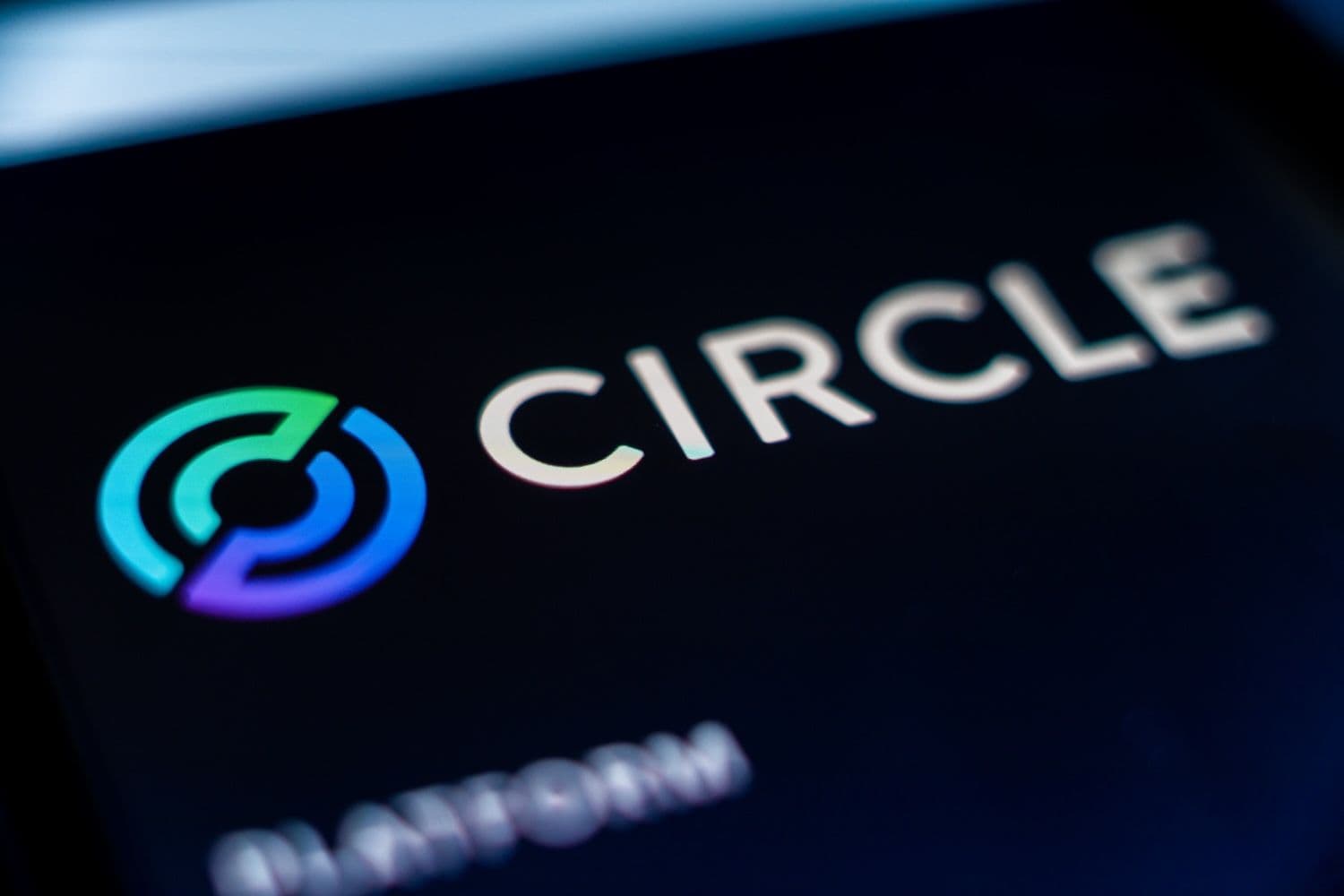**ClearBank, the U.K.'s first new clearing bank in more than 250 years, has signed a strategic framework agreement with Circle Internet Group to join the Circle Payments Network, the companies announced Monday. **
The move signals a major shift in strategy for the crypto-friendly neobank, which had previously explored launching its own stablecoin but faced regulatory roadblocks.
The partnership will make ClearBank one of the first European banks to integrate with Circle Payments Network (CPN), giving its institutional clients access to near-instant global money movement using USDC and EURC, both fully reserved stablecoins that comply with the European Union's Markets in Crypto-Assets (MiCA) regulation.
From Independent Ambitions to Strategic Partnership
The collaboration marks a pragmatic pivot for ClearBank, which had been exploring its own stablecoin issuance. Mark Fairless, ClearBank's CEO, told CNBC in May that the bank had been looking to develop its own digital currency but was "held back from launching one because of a lack of regulatory clarity" in the United Kingdom.
The U.K. has lagged behind both the U.S. and European Union in establishing clear stablecoin frameworks. While the Bank of England plans to introduce stablecoin regulations by the end of 2026, the extended timeline has created uncertainty for potential issuers. The delay appears to have convinced ClearBank to partner with an established player rather than navigate the murky regulatory waters alone.
"Joining Circle Payments Network will be a significant milestone in ClearBank's evolution as a cross-border payments innovator," Fairless said in a statement. "Circle is redefining how money moves globally, and this collaboration will bring together our strengths in regulated banking infrastructure with their leadership in digital currency technology."
MiCA Compliance Opens European Doors
The timing of the partnership coincides with Europe's implementation of stringent cryptocurrency regulations. Circle became the first major global stablecoin issuer to achieve MiCA compliance when it secured an Electronic Money Institution license from France's banking regulator in July 2024, allowing it to issue both USDC and EURC throughout the EU.
Under MiCA, which took full effect in December 2024, stablecoin issuers must maintain 100% reserves in segregated accounts, undergo regular audits, and publish detailed whitepapers. The regulation has reshaped the European stablecoin landscape, with major exchanges delisting non-compliant tokens like Tether's USDT while compliant alternatives have surged in market share.
"We're delighted that ClearBank is planning to join Circle Payments Network," said Sanja Kon, Circle's vice president for EMEA partnerships. "Our collaboration will expand access to USDC and EURC, enabling faster settlement, greater transparency, and new financial services built on open, programmable money."
Circle Mint: The Institutional Gateway
The ClearBank collaboration will focus initially on expanding access to Circle Mint, Circle's institutional platform that enables financial institutions to mint and redeem stablecoins directly. Circle Mint has emerged as a critical infrastructure layer for the stablecoin economy, providing near-instant conversion between fiat currencies and digital tokens with competitive foreign exchange rates.
The platform supports minting and redemption in more than 185 countries and offers institutional customers 24/7 access to blockchain-based settlement. For ClearBank's clients—which include major cryptocurrency platforms like Coinbase and Kraken, as well as fintechs and payment service providers - this integration could dramatically reduce the time and cost of international transactions.
Beyond Payments: Tokenization and Treasury Services
ClearBank and Circle said they would also explore advanced use cases including stablecoin-based treasury services and tokenized asset settlements. These applications could transform how corporations manage liquidity and settle transactions, potentially reducing reliance on correspondent banking networks that often add days of delay and significant costs to cross-border payments.
The World Bank estimates that cross-border payments still take longer than one business day to settle and cost more than 6%, with delays driven by multiple intermediaries, compliance checks, and fragmented operating hours across jurisdictions. Stablecoin-based settlement could bypass many of these friction points.
A Competitive Landscape Heats Up
The ClearBank-Circle partnership comes as institutional adoption of stablecoins accelerates globally. Circle launched its Payments Network in April 2025, attracting design partners including Standard Chartered, BCB Group, and numerous payment service providers across Latin America, Africa, and Asia.
Circle's main revenue partner, Coinbase, has also moved aggressively into stablecoin payments, launching Coinbase Business in October 2025 to offer B2B payment solutions and integrating USDC payments into Shopify's e-commerce platform. The exchange has a 50-50 revenue split with Circle on USDC-related income, creating an unusual dynamic where partners also compete in some market segments.
Meanwhile, traditional banking giants including JPMorgan Chase, Citibank, and Goldman Sachs have announced plans to explore joint stablecoin initiatives, recognizing the technology's potential to transform institutional payments and asset tokenization.
ClearBank's European Expansion
The Circle partnership dovetails with ClearBank's broader international strategy. The bank secured a Dutch banking license in 2024, allowing it to passport into 15 European countries and offer euro accounts and SEPA payments across the continent. The bank now serves more than 250 institutional clients and processes hundreds of millions of payments annually.
Founded in 2017, ClearBank disrupted the U.K.'s concentrated clearing market by building a cloud-native banking infrastructure designed specifically for digital-first financial institutions. Its partnership with Circle represents the next evolution of this model, bridging traditional banking rails with blockchain-based settlement infrastructure.
As stablecoin regulations continue to evolve globally, the ClearBank-Circle collaboration may serve as a template for how traditional financial institutions can integrate digital currency infrastructure without the complexity and risk of launching proprietary tokens. For European businesses and financial institutions, it promises faster, cheaper access to global payments through regulated, compliant stablecoins - potentially accelerating the shift from legacy banking systems to blockchain-based settlement.
The partnership is expected to go live in phases throughout 2025, with ClearBank gradually rolling out Circle Mint access to its client base. Neither company disclosed specific financial terms of the agreement.

